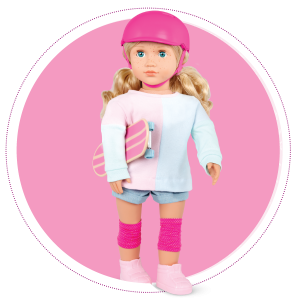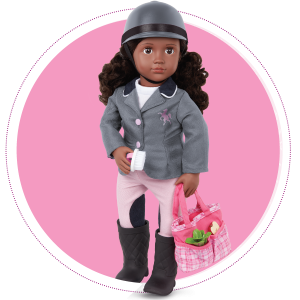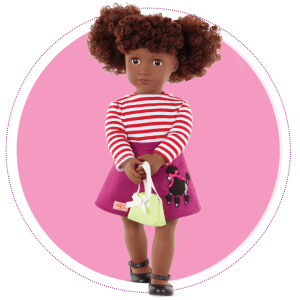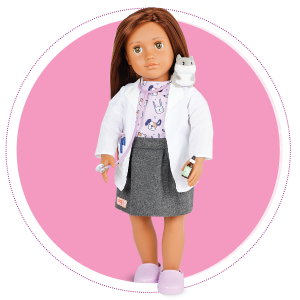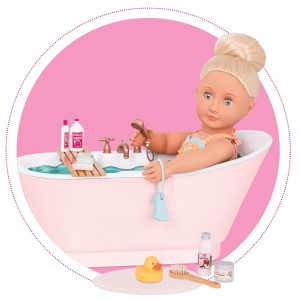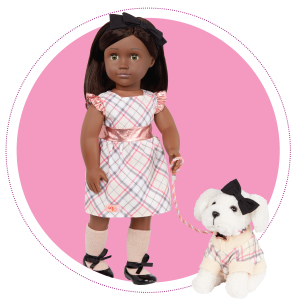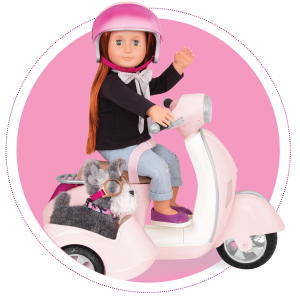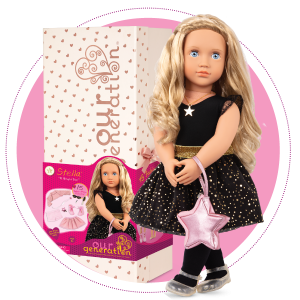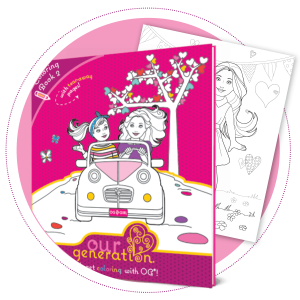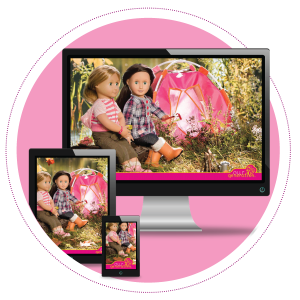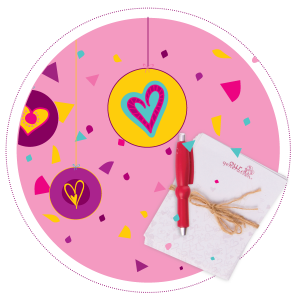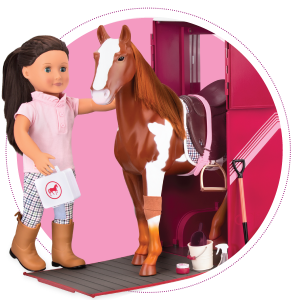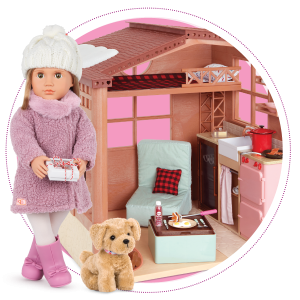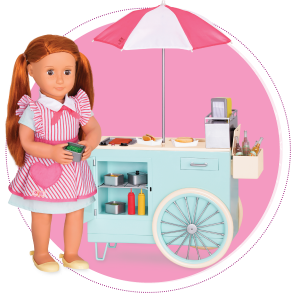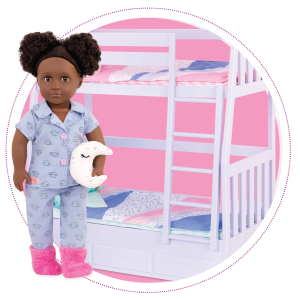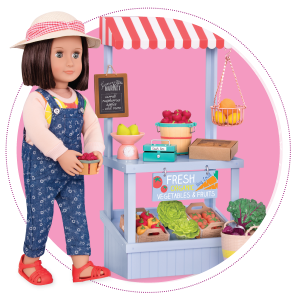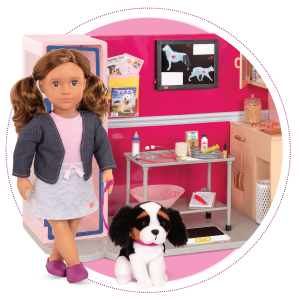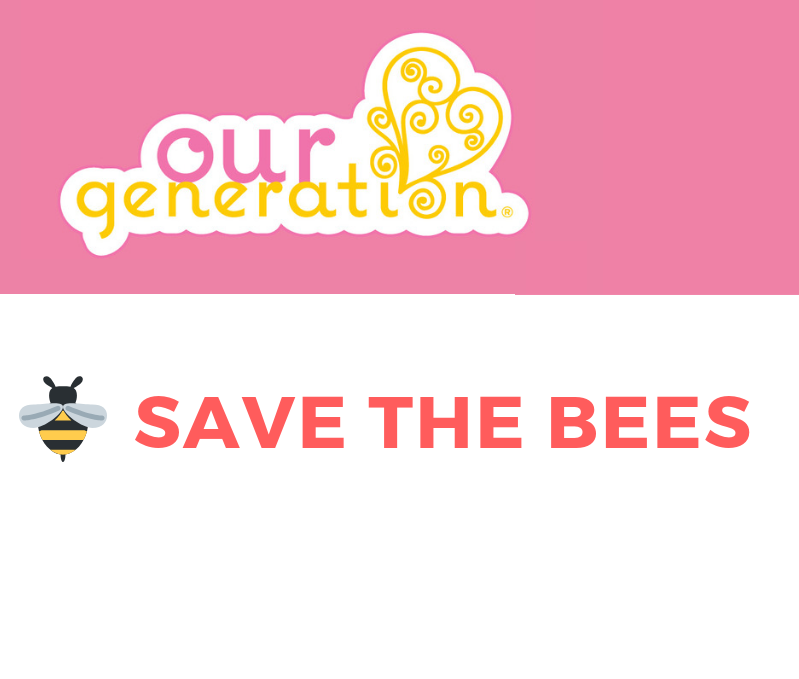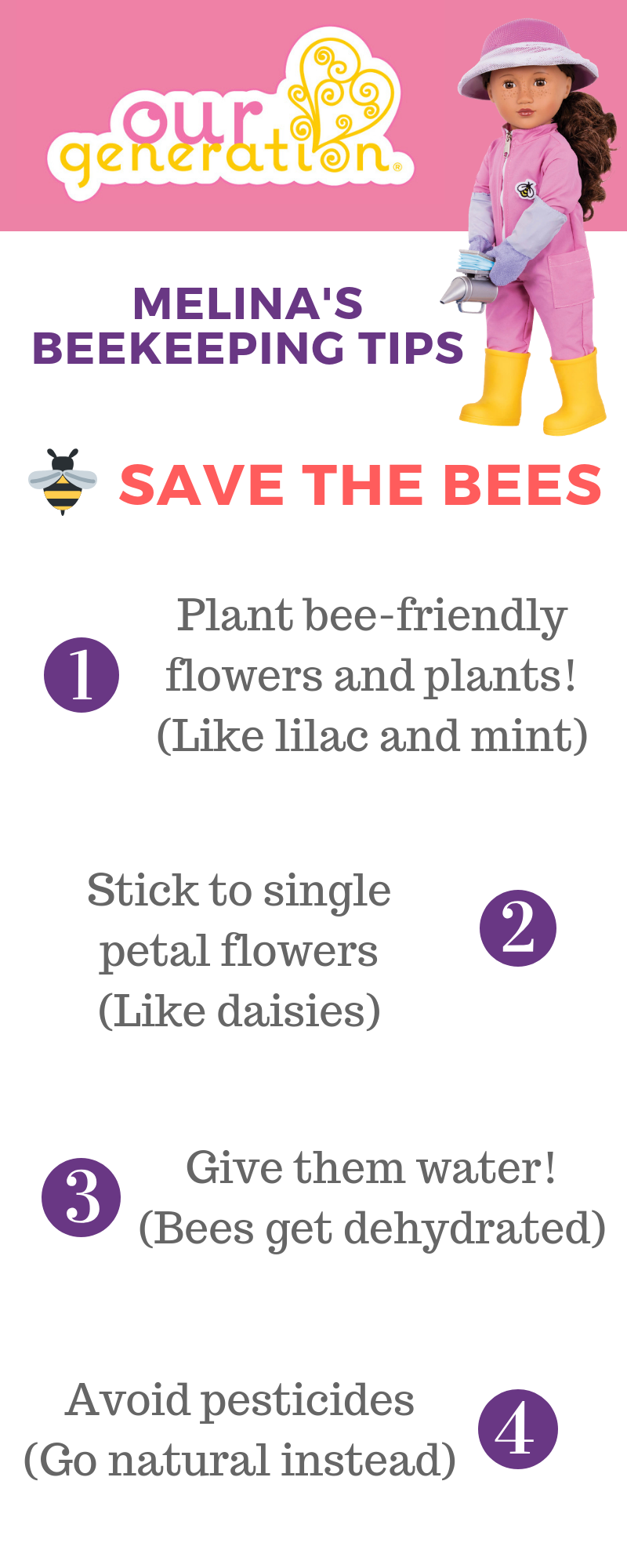Catch the Buzz and Help Your Local Bees with Our Generation!
Bees are some of the most important insects in nature! They are responsible for pollinating flowers, which means that they carry pollen (the powdery yellow stuff inside flowers)from one plant to the next, allowing the plant to transform the flowers into fruits, nuts, vegetables, and all kinds of things that people and animals eat!
Around the world, bees are facing some big challenges, and they need our help! After all, Our Generation kids know that caring, kindness, and a good helping of determination allow us to do almost anything we put our minds to! Sure, we might tumble, but bouncing back up again can be fun, too!
Are you looking for an easy way to encourage your children and family to support local bees, as well as nature and wildlife?
Here are some really great ways to encourage your kids to help their local bees!
1. Plant bee-friendly flowers and plants (like lilac and mint)
Bees love purple, yellow, white, and blue flowers the most!
(Do you have any favorite colors that are the same?)
They also adore the following types of flowers: Lilacs, Mint, Sunflowers, Honeysuckle and Lavender
2. Stick to single petal flowers (like daisies)
Single petal flowers, like daisies, make it easy for the bees to access pollen, whereas double flowered varieties are more difficult for bees to get into, like peonies.
3. Give them water! (Bees get dehydrated too!)
Who knew?! Bees love clean fresh water, just make sure it’s shallow enough.
You can try adding rocks so they have a place to land and sip to their heart’s content.
4.Avoid pesticides (go natural instead)
Any chemical used on your plants and in your garden can harm or kill bees.
Try some safer alternatives to avoid pesky pests from invading, like planting lemongrass, lavender and rosemary. You can also try making safe solutions like neem or citrus oil sprays, which have been known to get rid of garden-destroying bugs – and are safer for people and pets, too!
And for a bonus tip…..
5. Plant native flower varieties (and in clumps)
Your local bees will be more familiar with and may prefer flowers that are native to their habitat.
They also love big patches of the same flower, so feel free to plant these beauties in big sections.
Did you know?
- Bees can be found on every single continent except for Antarctica! Anywhere there is (insect-pollinated) flowering plants, you can find bees and other pollinators as part of the ecosystem.
- For many decades, since around the 30s, many scientists claimed that it was aerodynamically impossible for bees to fly. They claimed that bees’ bodies were too large, and their wings too small to carry their weight.
- Later on, through advanced technology, it was revealed that bees can fly, due to the structure of their wings, how fast they’re able to move, and the ways they move. Cool right!?
There is so much to learn about bees, honey, and “apiculture” (the science of caring for bees)!
For a fun way to discover why beekeeping is as sweet as honey, check out Melina and Cassidy, the Our Generation Beekeeper Dolls!
Discover all of the ways for your dolls to play in the garden and beyond with the Our Generation Garden Theme Collection!

